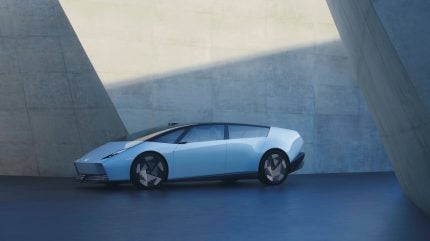
Honda future models 2025-2035
A proposed tie-up with Nissan cancelled, big changes to where vehicles for the US are made, and the launch of futuristic EVs in 2026 - Honda has a lot going on.

A proposed tie-up with Nissan cancelled, big changes to where vehicles for the US are made, and the launch of futuristic EVs in 2026 - Honda has a lot going on.
